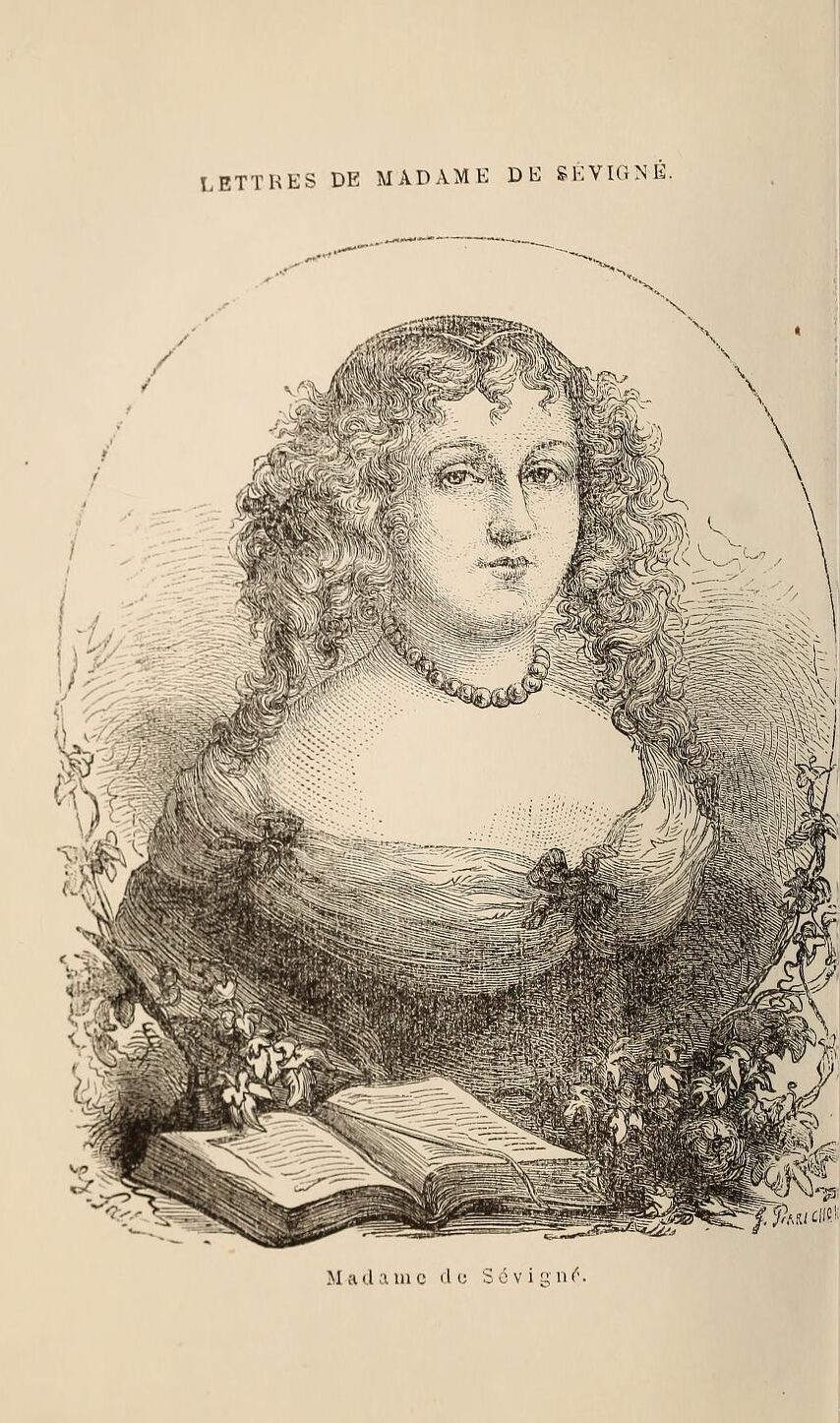Impact of Madame de Sévigné
Madame de Sévigné (1626-1696), also known as Marie de Rabutin-Chantel, was a French noblewoman who was a member of the aristocracy and specialized in domestic medicine, medicine by amateurs, and self-healing.

While she did not publish any works, her knowledge was shared mostly through her letters to her daughter (over 1500 in total), Madame de Grignan (François-Marguerite de Sévigné). Sévigné had a mistrust of physicians, which was common among many other higher class, rural women, as physicians were hard to come by.1
Origins of Her Interest in Medicine
Sévigné’s obsession with medicine originated in 1676, when she had a case of rheumatic fever, which continued to cause her pain throughout the entire rest of her life.2 She was also concerned with her daughter, Madame de Grignan’s health, as she frequently suffered from smallpox and other health issues.
Madame de Grignan also had many pregnancies in a short amount of time, leading Sévigné to critique her son-in-law for “being the cause of this evil.”3 Sévigné took care of her daughter during pregnancy, and advised her to take lots of rest, to eat well, and to avoid blood-letting and drugs, which were common practice at the time, to avoid complications during birth or jeopardizing her own health. In addition to providing advice during pregnancy, Sévigné also encouraged abstinence to prevent pregnancy in the first place.
Sévigné also treated her own ailments with remedies she claimed to be “well-prescribed to me by neighbors and friends.”4 These remedies were often common herbs, plants, or foods.